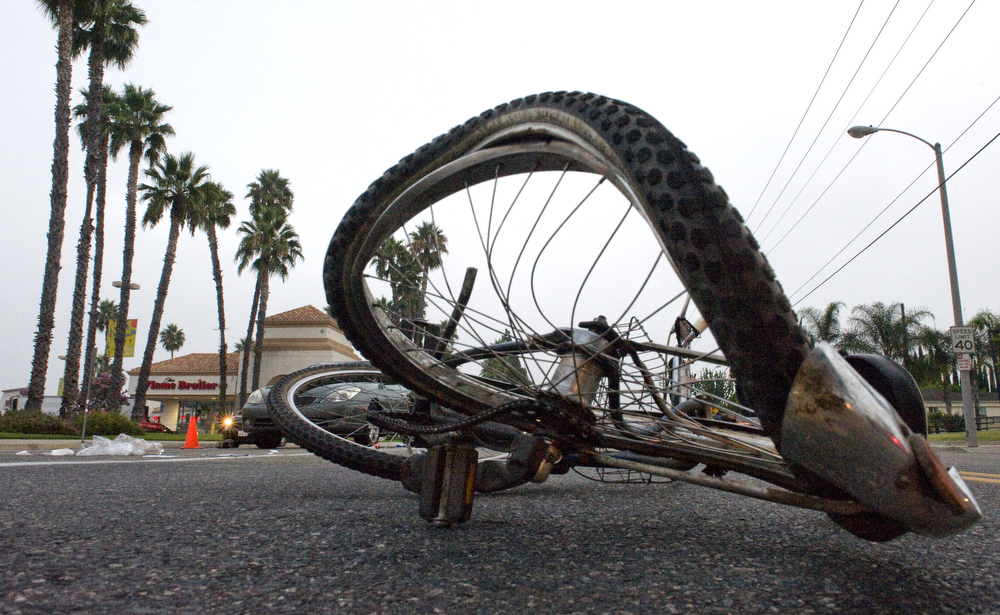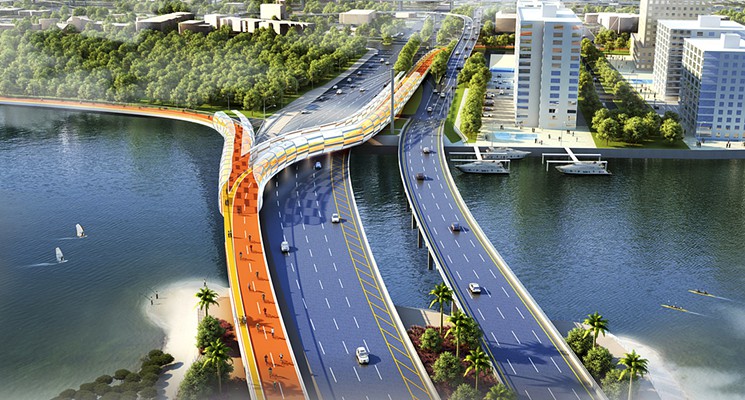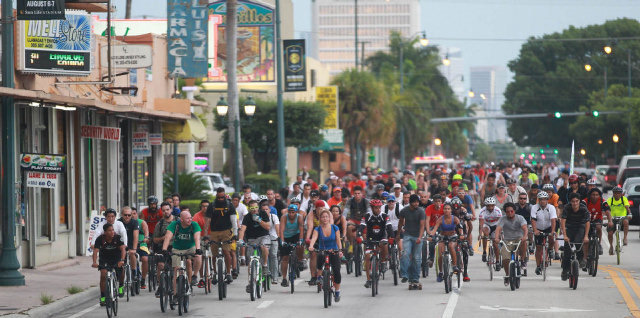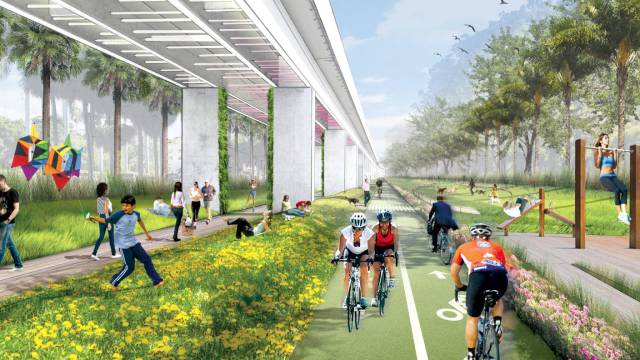
Death on (2) wheels
One afternoon, I was driving to a Publix Supermarket on Douglas Road and S.W. 16 Street in Miami when an unusual sight stopped me in my tracks. From several blocks away I could see a phalanx of police cars blocking all the entrances to the store’s parking lot. I parked on a side street and walked.
Inside, I found an employee who told me what was going on. A cyclist had been run over by a car. He didn’t know anything beyond that.
I watched the local news that night and read the paper the next day but there was nothing on the crash. On my next visit to the supermarket a few days later I learned more. The cyclist had been killed.
This was personal. Over the last two decades I have cycled thousands of miles in Florida, northern Virginia, and Washington, DC. My usual weekend ride took me from Little Havana to Hollywood Beach. After I came back to Miami after several years in the DC area, I was uncharacteristically reluctant to get back on the saddle.
Something had changed. I quickly realized what. Nearly every week the media reported on a cycling fatality somewhere in South Florida. That information had seeped into my unconscious. I realized that the issue was much more than personal.
The cover story in the New Times last week, “Cycle of Death,” by Jessica Weiss, confirmed that with facts, figures, and the testimonies of survivors. Among many other things, I learned from this fine piece of reporting that: (1) Since 2005, there has been a consistent increase in bike crashes, bike injuries, and bike fatalities; (2) In just two years, 2012-2014, the number of cyclists killed increased more than two-and-a half times; (3) Florida leads the nation in bike deaths; and, (4) In rank order, the four deadliest cities for cyclists in the country are Jacksonville, Tampa, Orlando, and Miami.

Why? and what is being done about it? I asked myself. Thoroughly analyzing the why would take me too far afield into climate, geography, culture, sociology, and guesswork. Instead, I will mostly concentrate on what is being done about it while touching occasionally on some of the causes.
The short answer regarding what is being done is that some concrete steps have been taken, such as painting bike lanes on the road to Key Biscayne, one of the deadliest in the county. But these actions, as the statistics show, have not been nearly enough to curtail the carnage.
It is clear that Weiss is right in concluding, after interviewing numerous victims, public officials and bike activists, that: “There is one thing that nearly everyone agrees on: more cyclists will die unless big changes come soon.”
Will they? From my own experience now that I have mustered the courage to ride on two wheels regularly, as well as Weiss’s reporting, the answer is no, at least if we keep on the same trajectory and at the same speed we are on.
Weiss: “Very little of the heralded 2009 [bike] Master Plan has been implemented. Even minor projects seem to take forever…’
That speaks volumes regarding the lack of urgency by the deciders, mainly the county and the state. Even on bike lanes, which have limited effectiveness unless they include physical barriers separating cars from bicycles, progress has been pathetic. Weiss reports on a real estate blog that said as recently as last year: “A map of bike lanes across Miami ‘looks like it was drawn with a pen that had already run out of ink but occasionally left a scratch mark.’”
So far, I have mostly been drafting Weiss. In cycling parlance, that means pedaling behind another rider who takes the brunt of the wind and does much of the work. Now, I will get out of Weiss’s slipstream and offer my own analysis.
The big changes that are needed won’t come until and unless bike activists adopt a radically different mindset, strategy, and tactics.

Here I will speak directly to the folks with Critical Mass, who conduct a huge ride one Friday a month. Critical mass deserves credit for organizing an evolving mass movement of cyclists. For as the great activist Saul Alinsky wrote, “A movement without organization is a bowel movement.” Kudos.
But here is my critique. What good comes from taking over the streets of Calle Ocho in Little Havana, one of the few neighborhoods where many people use bikes for transportation? What is the sense in scaring mostly older people most of whom lack cars or political influence?
In the face of the entrenched King Car culture of Miami, we need to set a different course. What is needed is non-violent confrontation. What do people do when their kind are suffering and dying and nothing significant is being done by the powers that be? AIDS activists, as well as MLK, Gandhi, and Cesar Chavez, among others, had an answer. ACT UP.
What if, for instance, Critical Mass organized an early morning ride that would paralyze traffic from Dadeland to I-95? That would, in a Miami minute, concentrate the minds of the big wheels in government and the Chamber of Commerce and raise public awareness through huge media coverage.
That’s a hard road. A day off work. Maybe even a few getting arrested. But there is no other one. I promise I will be there with you on that kind of ride.

The Weiss piece ends with a quote from Meg Daly, founder and president of Friends of the Underline, a commendable project that envisions transforming the underutilized land below Miami’s MetroRail, from the Miami River to Dadeland South Station, into a 10-mile iconic linear park, world-class urban trail and living art destination.
“I feel the thinking, the envisioning, and the focus. So now, how do we get there?” she asks.
With all due respect to Daly, who is doing good work, it reminds me of bumper stickers on some cars during the Vietnam era: “Envision Peace.”
Unfortunately, that’s not how the government was forced to end the war nor will it stop the ever-rising number of cyclists killed on Miami’s perilous streets.


